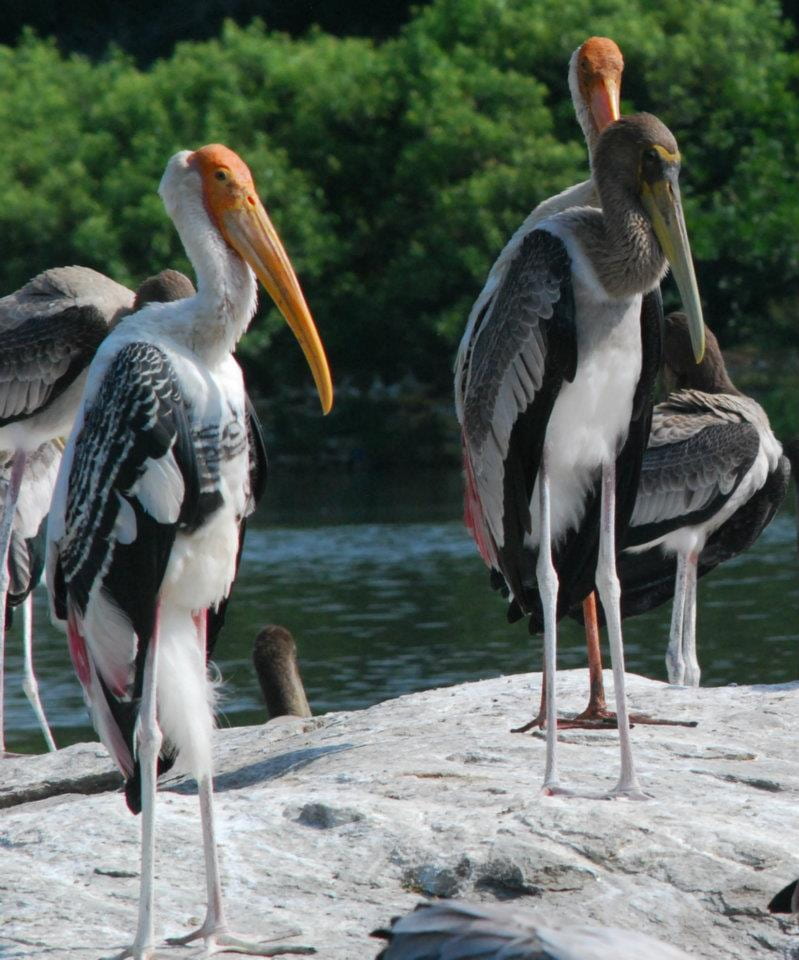
Based on Rosanne Zeppieri’s and Rajni Bhargava’s STARTALK sample lesson.
Proficiency level: Novice High/Intermediate Low
Time: 75 min.
Objectives: Students will be able to:
- ask and answer questions about weather conditions using an authentic map of a country where Hindi and/or Urdu is spoken.
- identify and describe a variety of leisure time activities.
- express preferences about weather and activities.
- compare weather conditions in the target culture to those in the community where the students live and what people do.
Language Objectives:
Vocabulary: weather-related phrases and expressions for a variety of leisure activities that young people in the target culture might enjoy मौसम m. , ऋतू f. , आबोहवा f. , तापमान m. + गिरना/ बढ़ना, हवा f. + चलना, सूरज, बारिश f. + होना , बर्फ f. + गिरना/पिघलना, बिलकुल नहीं)
Additional expressions for HLLs:
अहा! आज मौसम कितना सुहाना है
आज तो हद ही हो गई, सुबह से धूप ही नहीं निकली है
आज ठंड भी है और गलन भी। घर से बाहर निकलने का मन नहीं है।
कोहरा घना है।
गुनगुनी धूप है।
मूसलाधार बारिश हो रही है।
बारिश रुकने का नाम ही नहीं ले रही।
इतने दिन से बारिश हो रही है कि धूप निकलने का नाम ही नहीं ले रही है।
इस समय चिलचिलाती धूप पड़ रही है।
सर पर ओले पड़ना।
Structures: expressions of preference (I like/do not like, I don’t really like to…, I prefer…because — X को पसंद है X को + infinitive तैरना/घूमना/ + पसंद/नापसंद है + क्योंकि; क्या करना पसंद है? and क्या करना अच्छा लगता है?); review future (जायेंगे) and difference between present progressive (जा रहे हैं) vs. present habitual (जाते हैं)
Performance Assessment:
- Interpretive: Students read descriptions of weather and match to the appropriate city on a map.
- Interpersonal: Using an authentic online weather site from India or Pakistan, students ask and answer questions about the conditions that are occurring there. They talk about what activities may be possible and express preferences about the ones they would like to try based on current conditions.
- Interpersonal/Presentational: Students interview each other about the activities they like and do not like to do and then create a chart of the class preferences.
Learning Episodes:
1. Teacher arrives to class with a backpack, sunglasses, and a camera in hand. S/he opens the backpack and takes out a large map of India/Pakistan and talks about where s/he is going and how excited s/he is to take the trip. S/He asks students yes/no questions about travel. Have they traveled to India? To India? Did they travel with family members? Did they go to …..(shows various places on a map)? Teacher explains that s/he is going to India with a group of students (those in the class) and they will visit a place in the foothills of the Himalayas an ideal place for a summer camp in the foothills of the Himalayas and shows these online resources.
2. The teacher talks about the upcoming trip with students. In the context of this description, s/he describes the weather conditions the group may encounter and shows various conditions using a weather map of the area. S/He describes different conditions they might experience during the summer, winter, fall, and summer. As s/he talks about the weather, he projects visuals of each condition. Students listen and categorize the new expression according to the season in which they might take part in the activity.
3. As the teacher talks about the weather and corresponding leisure activities, students move to designated parts of the room depending on their preferences (I like, I do not like/ I prefer, I would rather not, because).
For example:
- पहाड़ों में मुझे घूमना पसंद है क्योंकि वहाँ की हवा में ताज़गी है।
- दिल्ली में मई जून में मुझे बाहर जाना अच्छा नहीं लगता क्योंकि वहाँ चिलचिलाती धूप पड़ती है।
- मूझे बारिश का मौसम बहुत पसंद है क्योंकि मुझे बारिश के मौसम में पकौड़े खाना अच्छा लगता है।
- विंसटन को गुनगुनी हवा बहुत पसंद है क्योंकि उसे तब बाहर बगीचे में बैठना पसंद है।
- छोटू को बादलों का गरजना बिल्कुल नहीं पसंद क्योंकि वह उससे बहुत डरता है।
Once they gather into groups, they come up with two or three reasons they like/dislike the activity. Students plan in details based on online resources.
4. Students survey one another about their preferences for leisure activities and complete an activity grid based on what they hear from the classmates. They then answer questions using the information in the grid. “Who is the most active?” Who is most likely to enjoy a beach vacation?”
5. In pairs students fill in a Venn diagram comparing the weather in India with the weather in the region of the US where they live as well as leisure activities they might do during each season of the year.
6. Students go around the class and interview each other to make a chart showing what the class students’s most popular and least popular activities are and the reasons.
For homework they write a travel blog for the college/school newspaper – at least 3 photos with a description of what the weather is, what activity they are doing and why.
Suggested role-plays for continued work.
Note: Younger learners: Given small visuals of articles of clothing, students “pack their suitcases” depending on the weather and the activities they prefer. They share the contents of their suitcases with a partner talking about the decisions they made.

